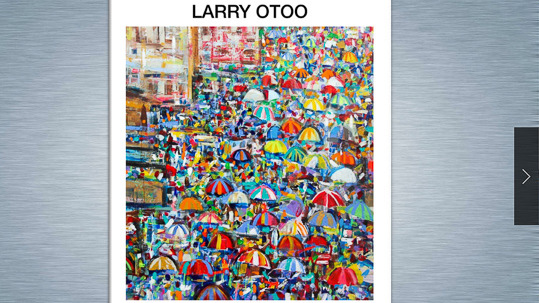Barcelona: The Phaidon Press publishing house announced eight books among its new issues for 2011: The artist’s body; Minimalist Art; Art and Feminism; Art and Photography; Conceptual Art; Elliott Erwitt Snaps; Preference for the primitive. Episodes of the history of taste and Western art; andUses of images. Studies on the social role of art and visual communication.
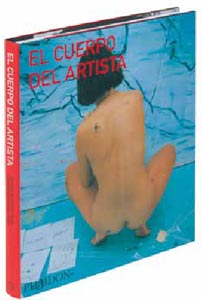 The artist’s body (Edited by Tracey Warr) deals with the increasing trend among artists to have their bodies as the main theme and material of their works. The book tackles the emerging of new forms of artistic expression such as body art, happenings, performances and live art. It offers the first compilation of polemic works of art ever made. In her study, Amelia Jones, an authority on body art and performances, analyses how such exceptional works of art are the fruit of social and cultural upheavals of the last five decades.
The artist’s body (Edited by Tracey Warr) deals with the increasing trend among artists to have their bodies as the main theme and material of their works. The book tackles the emerging of new forms of artistic expression such as body art, happenings, performances and live art. It offers the first compilation of polemic works of art ever made. In her study, Amelia Jones, an authority on body art and performances, analyses how such exceptional works of art are the fruit of social and cultural upheavals of the last five decades.
Minimalist Art (Edited by James Meyer) is the most complete and rigorous study of this postwar art trend. It offers a thorough analysis of the work of Carl Andre, Dan Flavin, Donald Judd, Sol LeWitt and Robert Morris, as well as other artists involved in the movements such as Robert Mangold, Agnes Martin, Frank Stella and Anne Truitt.
Meanwhile, Art and Feminism (Edited by Helena Reckitt) presents a rich diversity of art from a Feminism viewpoint. It includes works by more than 150 artists from the 1960s through the present, from Alice Neel and Eva Hesse to Gillian Wearing or Coco Fusco, with a comprehensive preliminary study of Peggy Phelan, one of the major feminist theoretician of contemporary art and performance. The book presents axioms on gender, politicizes the link between private and public and makes emphasis on specificities of art influenced by gender, race, age or social class.
David Campany is the author of Art and Photography, a book about the place of photography within the most recent history of art. It makes reference as well to international artists of the last four decades represented by a major work of art or collection, and contains texts by some of the most outstanding figures of the 20th century, including theoreticians Roland Barthes, Jean Baudrillard, and artists Victor Burgin and Jeff Wall.
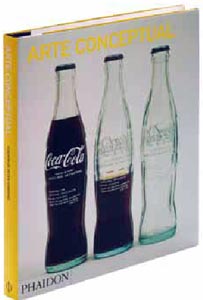 In Conceptual Art, art philosopher Peter Osborne illustrates the revolution caused by a generation of artists as they experimented with the idea of art as idea. It shows how artists challenged the tradition of object of art through the unprecedented use of language, actions, process and shapes resulting from the media.
In Conceptual Art, art philosopher Peter Osborne illustrates the revolution caused by a generation of artists as they experimented with the idea of art as idea. It shows how artists challenged the tradition of object of art through the unprecedented use of language, actions, process and shapes resulting from the media.
The book Elliott Erwitt Snaps (by Murray Sayle and Charles Flowers), is the first thorough monograph of the complete works by artist and documentary maker Elliott Erwitt (1928), one of the most important photographers of his generation and an outstanding member of the Magnum photography agency since 1954. The book contains more than 200 unpublished snaps that reveal Erwtt’s prolific photographic production, and images of places, objects, people and animals.
Finally, the two titles by Ernst H. Gombrich (1909-2001), one of the most prominent and least conventional art historian and thinker of the 20th century: Preference for the primitive. Episodes of the history of taste and Western art and Uses of images. Studies on the social role of art and visual communication, are two excellent consultation materials for art scholars. The first one is the result of an over 40-year reflection on the subject; the rigorous writing is enriched with several quotations that strictly support the role of writers, critics and artists of different leanings. In the second one, professor Gombrich goes deep into the influence of social dynamics on art evolution. He tackles the role of supply and demand, “ecology” of images, “feedback” as a skill developing source and at the same time as a way to encourage new demands, and the use (or bad use) of images as historical documents. All of these concepts are illustrated by in-depth studies of Fine Arts and popular art, from frescoes, religious painting, international gothic or open-air sculpture to doodles, pictorial instructions, caricatures and political propaganda.
Source: Press release by Phaidon Press
Further information at: www.phaidon.com
Related Publications
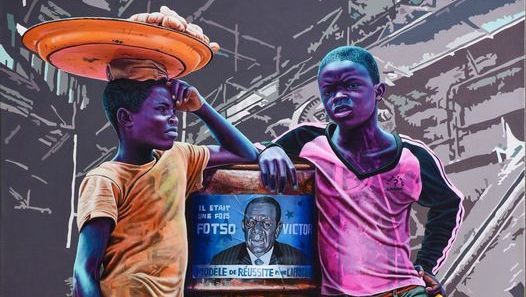
Catalogue "Smiling and Suffering"
June 03, 2022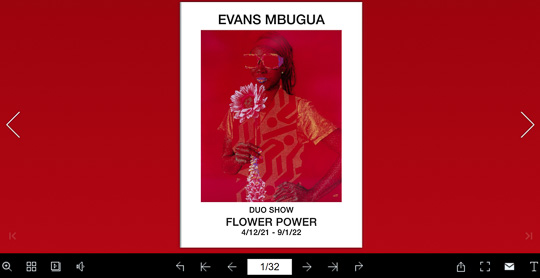
Catalogue Flower Power
December 01, 2021